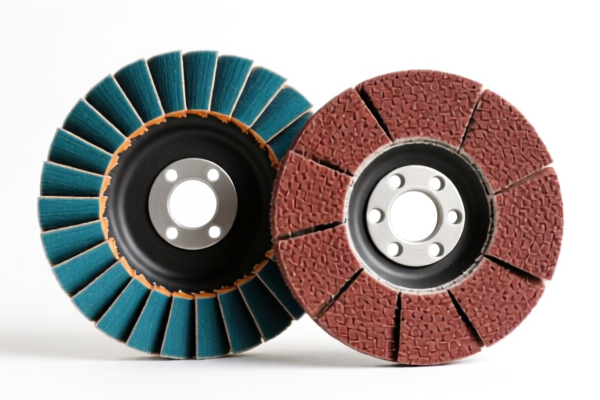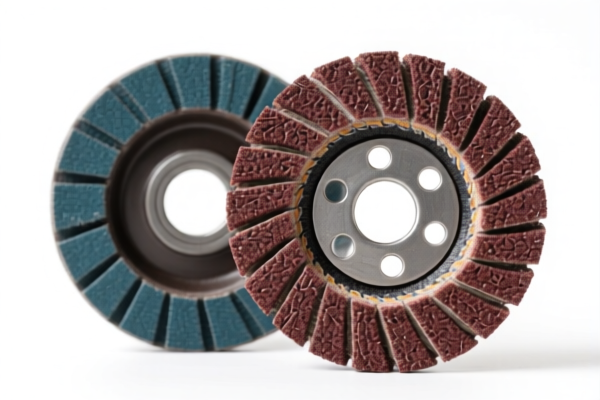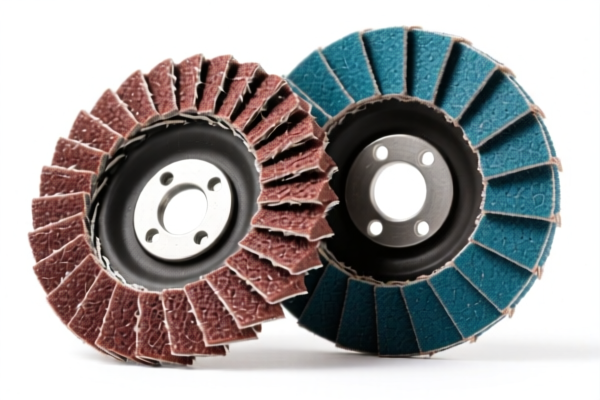| HS Code | Official Doc | Tariff Rate | Origin | Destination | Effective Date |
|---|---|---|---|---|---|
| 6801000000 | Doc | 57.8% | CN | US | 2025-05-12 |
| 6815910011 | Doc | 55.0% | CN | US | 2025-05-12 |
| 6815910071 | Doc | 55.0% | CN | US | 2025-05-12 |
| 3926904000 | Doc | 32.8% | CN | US | 2025-05-12 |
| 3925900000 | Doc | 60.3% | CN | US | 2025-05-12 |




Garden Stone
Garden stones are naturally occurring rocks used decoratively in gardens. They serve aesthetic, functional, and practical purposes, enhancing the visual appeal and usability of outdoor spaces.
Material
Garden stones comprise a diverse range of geological materials, including:
- River Rock: Smooth, rounded stones shaped by water erosion. Typically composed of granite, basalt, or other durable igneous or metamorphic rocks.
- Flagstone: Flat, sedimentary rocks, often sandstone, slate, or limestone, that split into layers.
- Boulders: Large, substantial rocks, generally granite, limestone, or fieldstone.
- Pebbles: Small, rounded stones, similar to river rock but smaller in size.
- Lava Rock: Porous, lightweight volcanic rock, often reddish or black in color.
- Quartzite: A metamorphic rock known for its durability and crystalline appearance.
- Limestone: A sedimentary rock, often beige or gray, that can be porous.
- Slate: A fine-grained, metamorphic rock that splits easily into thin layers.
Purpose & Function
- Aesthetic Enhancement: Garden stones introduce natural textures, colors, and forms, creating visually appealing landscapes.
- Pathways & Walkways: Stones provide a stable and attractive surface for garden paths.
- Bordering & Edging: Stones define garden beds, lawns, and other landscape features.
- Water Features: Stones are used to construct rock gardens, fountains, and pond edges.
- Drainage: Gravel and smaller stones improve soil drainage, preventing waterlogging.
- Mulch Alternative: Stones can suppress weed growth and retain soil moisture.
- Retaining Walls: Larger boulders and stones are used to build retaining walls, preventing erosion and creating terraced gardens.
- Erosion Control: Stones stabilize slopes and prevent soil runoff.
Usage Scenarios
- Rock Gardens: Creating specialized gardens featuring alpine plants and rugged stone arrangements.
- Zen Gardens: Utilizing stones to represent mountains and islands in minimalist designs.
- Landscaping around Water Features: Enhancing ponds, waterfalls, and fountains with natural stone.
- Path Construction: Building winding pathways through gardens and yards.
- Flower Bed Accents: Adding visual interest and defining borders around flower beds.
- Ground Cover: Using stones as an alternative to traditional mulch.
- Terraced Gardens: Constructing retaining walls to create level planting areas on slopes.
- Dry Creek Beds: Simulating natural watercourses for aesthetic and drainage purposes.
Common Types (categorized by size/application)
- Large Boulders (12"+ diameter): Retaining walls, focal points, natural seating.
- Medium Boulders (6"-12" diameter): Garden accents, borders, water feature construction.
- River Rock (1"-4" diameter): Pathways, drainage, ground cover, water features.
- Pea Gravel (1/4"-3/8" diameter): Pathways, drainage, ground cover, decorative accents.
- Flagstone (irregular shapes, 1"-3" thick): Patios, walkways, stepping stones.
- Cobblestones (2"-4" diameter): Walkways, driveways, edging.
- Lava Rock (various sizes): Mulch alternative, drainage, decorative accents.
Garden stone can generally be classified under articles of natural stone. Based on the provided information, the following HS codes may be relevant:
-
6801000000: This HS code covers Setts, curbstones and flagstones, of natural stone (except slate). This is applicable if the garden stone consists of setts, curbstones, or flagstones made from natural stone excluding slate. The tax rate includes a 2.8% base tariff, a 25.0% additional tariff, and a 30% additional tariff after April 2, 2025, resulting in a total tax rate of 57.8%.
-
6815910011: This HS code covers Articles of stone or of other mineral substances (including carbon fibers, articles of carbon fibers and articles of peat), not elsewhere specified or included: Other articles: Containing magnesite, magnesia in the form of periclase, dolomite including in the form of dolime, or chromite Containing by weight more than 70 percent magnesia, expressed as MgO, with carbon content ranging from trace amounts to less than 30 percent, and chemically bonded by resin or pitch. This applies to garden stone containing these specific mineral compositions and bonding agents. The tax rate includes a 0.0% base tariff, a 25.0% additional tariff, and a 30% additional tariff after April 2, 2025, resulting in a total tax rate of 55.0%.
-
6815910071: This HS code covers Articles of stone or of other mineral substances (including carbon fibers, articles of carbon fibers and articles of peat), not elsewhere specified or included: Other articles: Containing magnesite, magnesia in the form of periclase, dolomite including in the form of dolime, or chromite Other. This applies to other garden stone containing these specific mineral compositions, but without the specific chemical bonding requirements of HS code 6815910011. The tax rate includes a 0.0% base tariff, a 25.0% additional tariff, and a 30% additional tariff after April 2, 2025, resulting in a total tax rate of 55.0%.
It is important to determine the exact composition and manufacturing process of the garden stone to select the most appropriate HS code. If the garden stone is made of plastic, HS code 3926904000 or 3925900000 may be relevant.
Customer Reviews
No reviews yet.